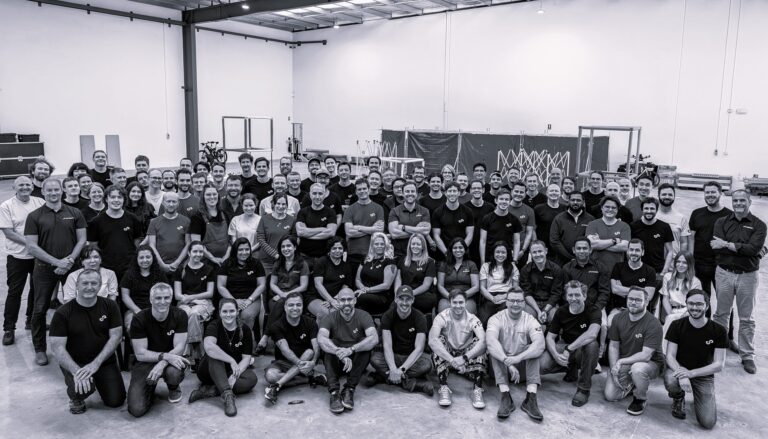Getting the most out of your Hovermap vehicle scans
Vehicle-mounted scanning is an ideal method for mapping large areas where it’s not suitable to use a drone, including for road survey projects, urban planning, civil engineering and road condition inspection and compliance. Easily attached to a vehicle using Emesent’s Vehicle RTK kit, Hovermap, Emesent’s versatile, cutting edge 3D LiDAR scanner, is proven as an indispensable tool for gathering accurate and detailed information in these environments.
Here we set out 6 tips to help you get the best results from vehicle-based scanning.
1. Assess how Hovermap can meet the project requirements
Before beginning a scan, it’s crucial to understand the project requirements. Each project is unique, necessitating varying levels of point density and georeferencing accuracy. By working backward from the desired end result, you can tailor how you best deploy Hovermap to meet these needs precisely. For instance, when scanning a busy road which can’t feasibly be closed you may prefer to do separate scans at different times of the day and merge them to maximize coverage of areas where cars are typically parked. Alternatively, you may capture the road with Vehicle RTK and capture harder-to-reach places in the site using Hovermap handheld or on the backpack.
2. Mount the Vehicle RTK kit to maximize point density
Your Hovermap Vehicle Mount with RTK can be mounted anywhere on your vehicle that complies with local traffic laws. For most applications, mounting on the roof of the vehicle provides the most even point density and view of the environment, though mounting on the bonnet or rear of the vehicle will also provide good results.
Mounting on the roof is not always suitable if your vehicle has roof racks or other obstructions, or if your project is focused on a specific area where you’d like higher point density. In this case, you should position the mount with the puck facing the area of interest.
3. Drive at the optimal speed, and do multiple passes if needed
The slower you drive, the higher the point density you’ll achieve in your point cloud.
We recommend driving at 40kph to 60kph (25mph – 37mph) when using Vehicle RTK. Always drive safely and to road conditions.
Due to its higher accuracy and point density it is possible to exceed the recommended speed if using the Hovermap ST-X. However, the faster you drive, the lower the point density. In this case, you can do multiple passes across the same survey area, drive more slowly, or both (as appropriate) to increase point density if needed for the project.
4. Combine multiple capture methods with the one device
Hovermap’s versatility extends beyond vehicle-mounted scanning. By combining vehicle scanning with other methods such as backpack, handheld, drone, and extension pole scanning, you can achieve a more comprehensive view of the site without the need for additional equipment or resources.
In a recent case study, see how leading engineering service provider, GeoTwin combined multiple capture methods including Vehicle RTK to capture a 20 hectare site for a topographic and tree survey in only one day.
5. Watch your RTK signal
The reliability of the RTK signal is crucial for ensuring accurate georeferencing. However, environmental factors can impact signal strength, particularly in built-up areas where the GNSS receiver’s view of the open sky is limited.
When the RTK signal is weak, Hovermap’s best-in-class SLAM algorithm provides robustness to the point cloud by automatically prioritizing SLAM positioning when generating the point cloud. However, it won’t enhance georeferencing accuracy. In this case it may be necessary to supplement RTK with ground control points if you’d like to achieve higher accuracy.
6. Add color and images for context
Consider who you will be sharing your data capture with and how familiar they are with interpreting point clouds. Enhancing the point cloud with colorization and integrating 360-degree imagery provides invaluable context to stakeholders and collaborators. This visual augmentation facilitates better understanding of site conditions and aids in comprehensive reporting.
To learn more, visit Emesent’s Vehicle RTK page or contact your local Hovermap reseller.
–
More information about Hovermap can be found on the Emesent website.
Client case studies are available on the Emesent website.
